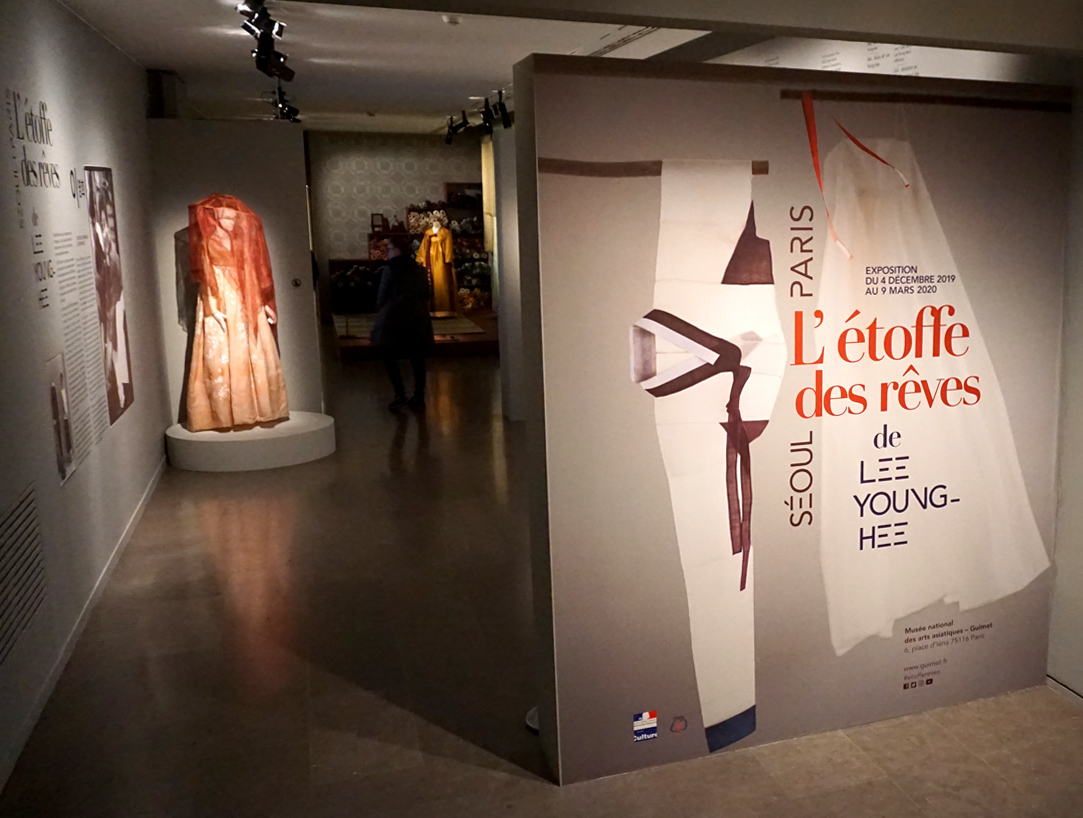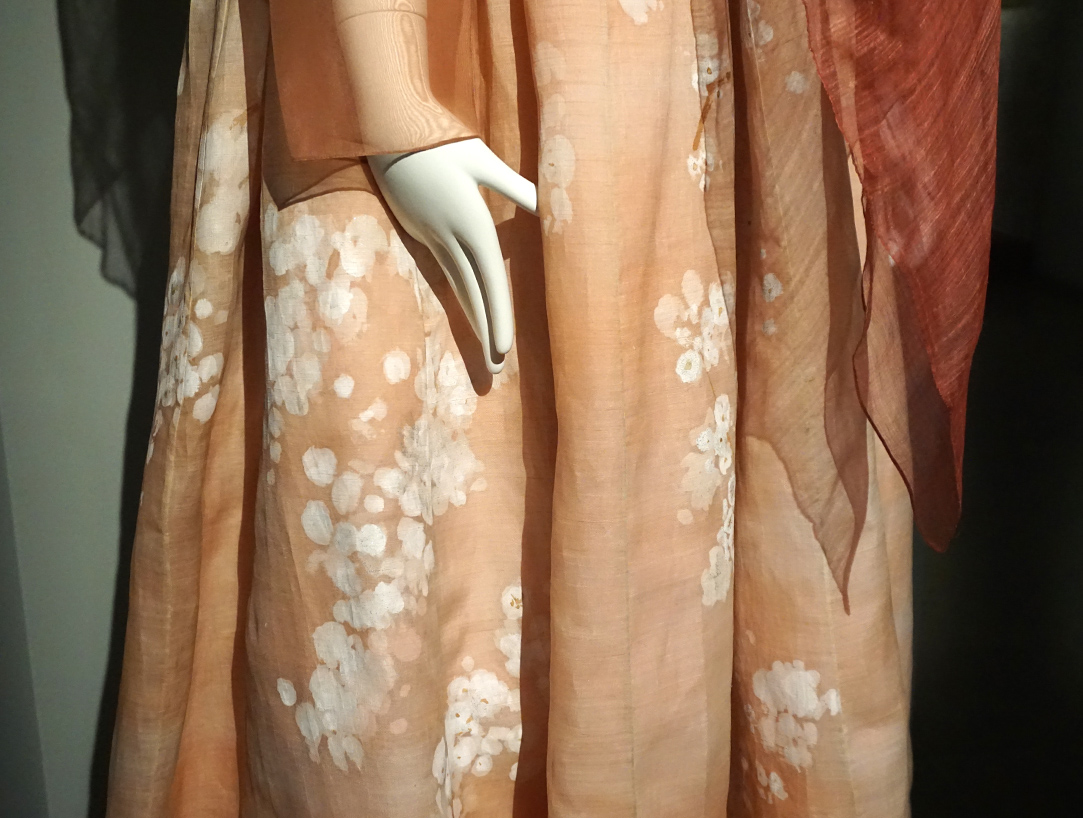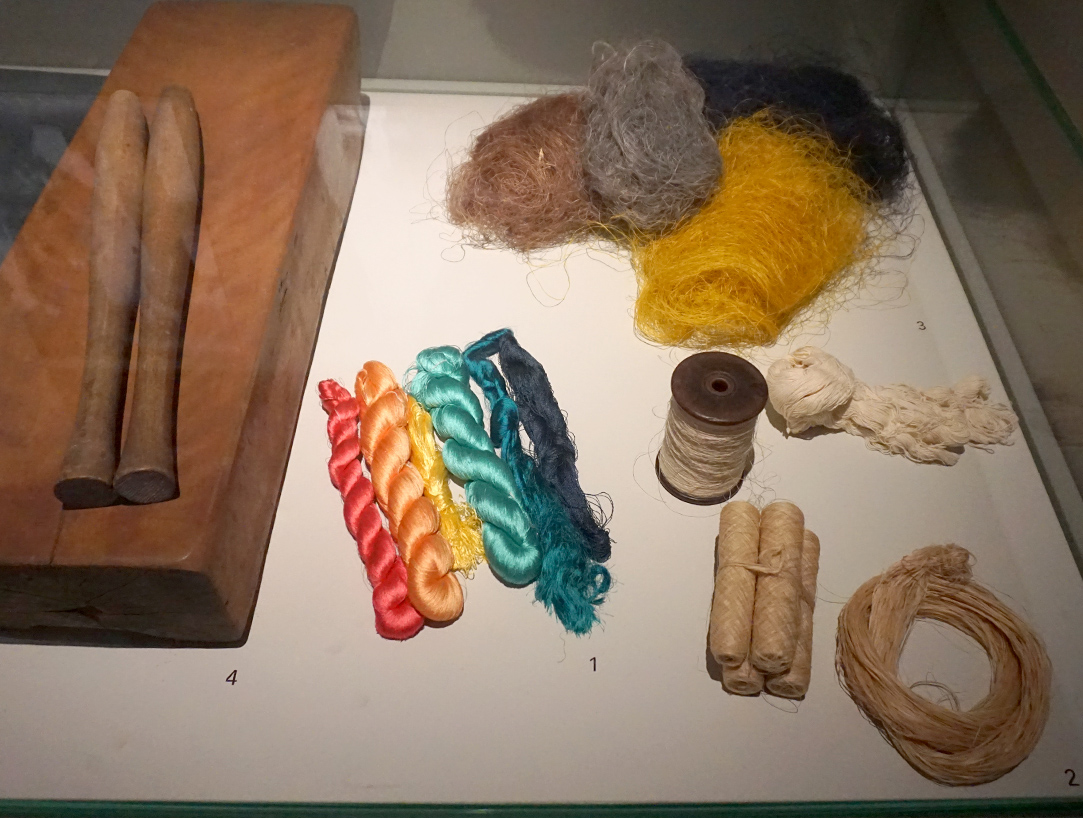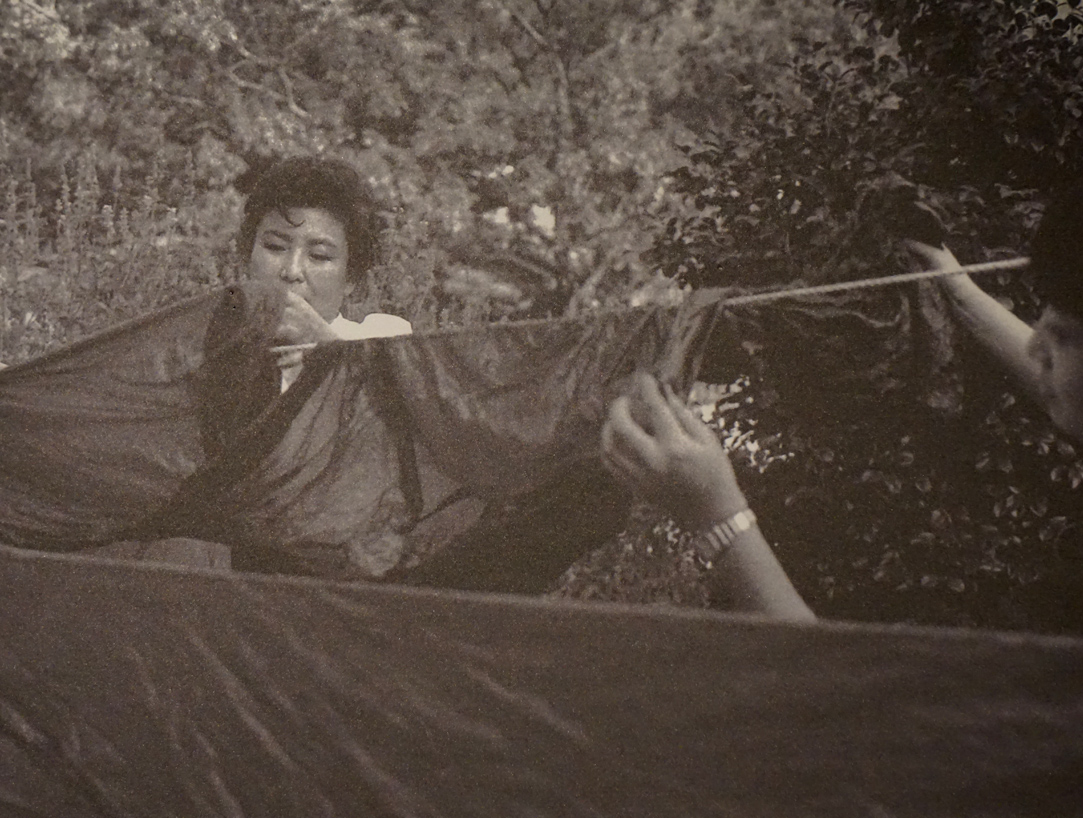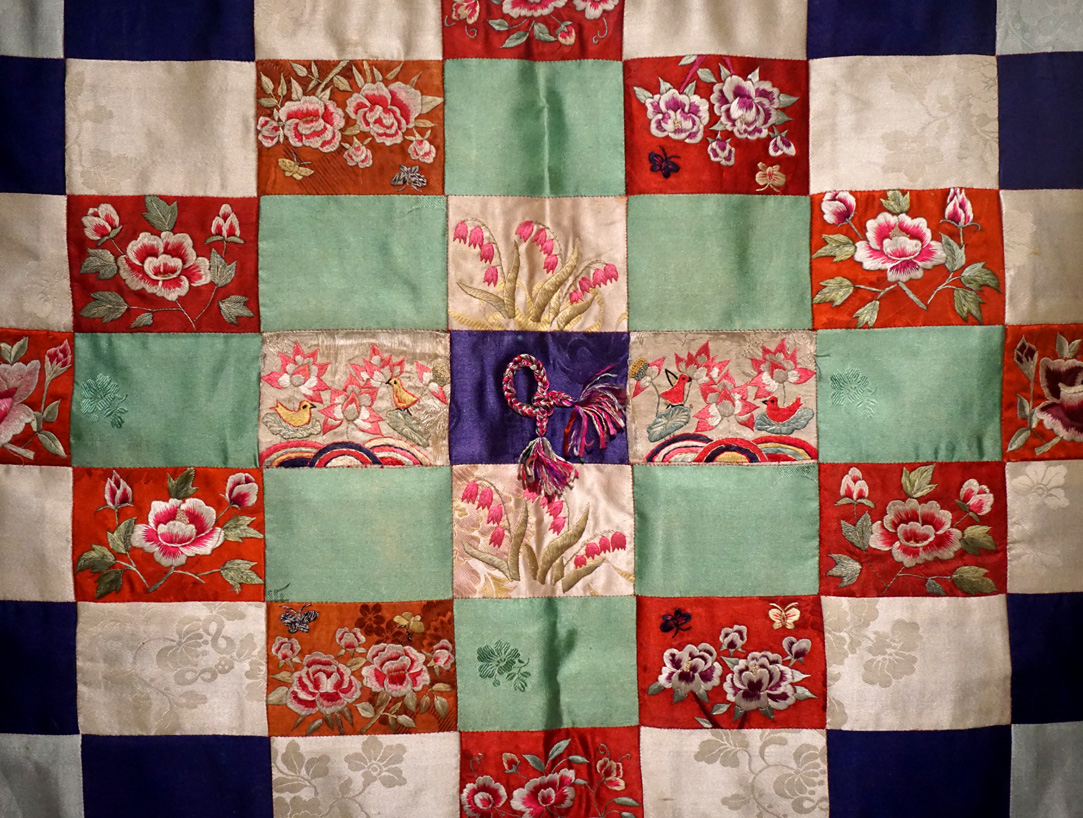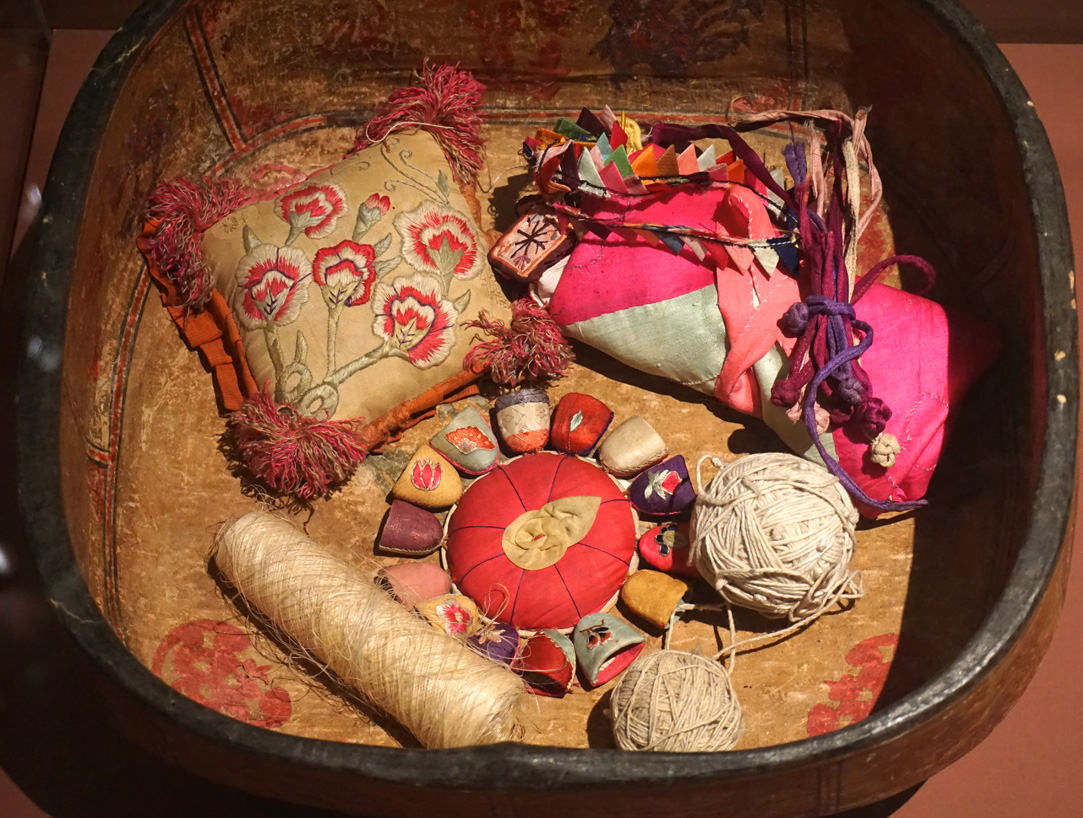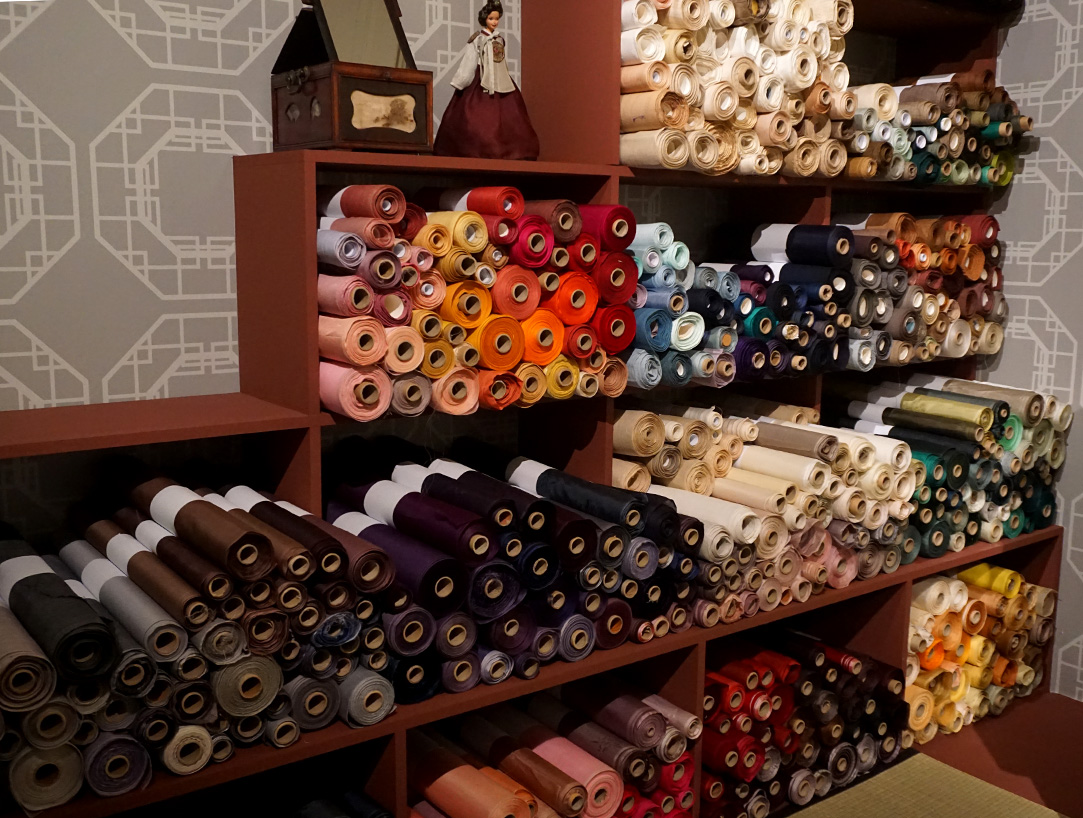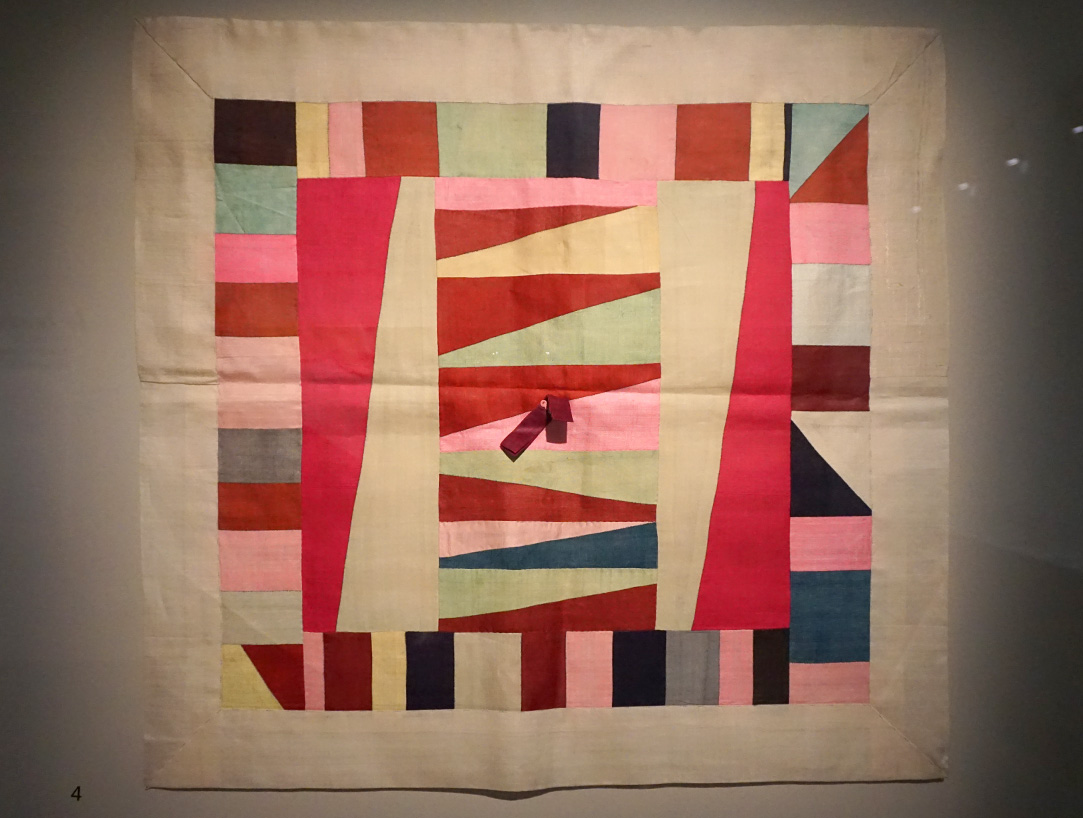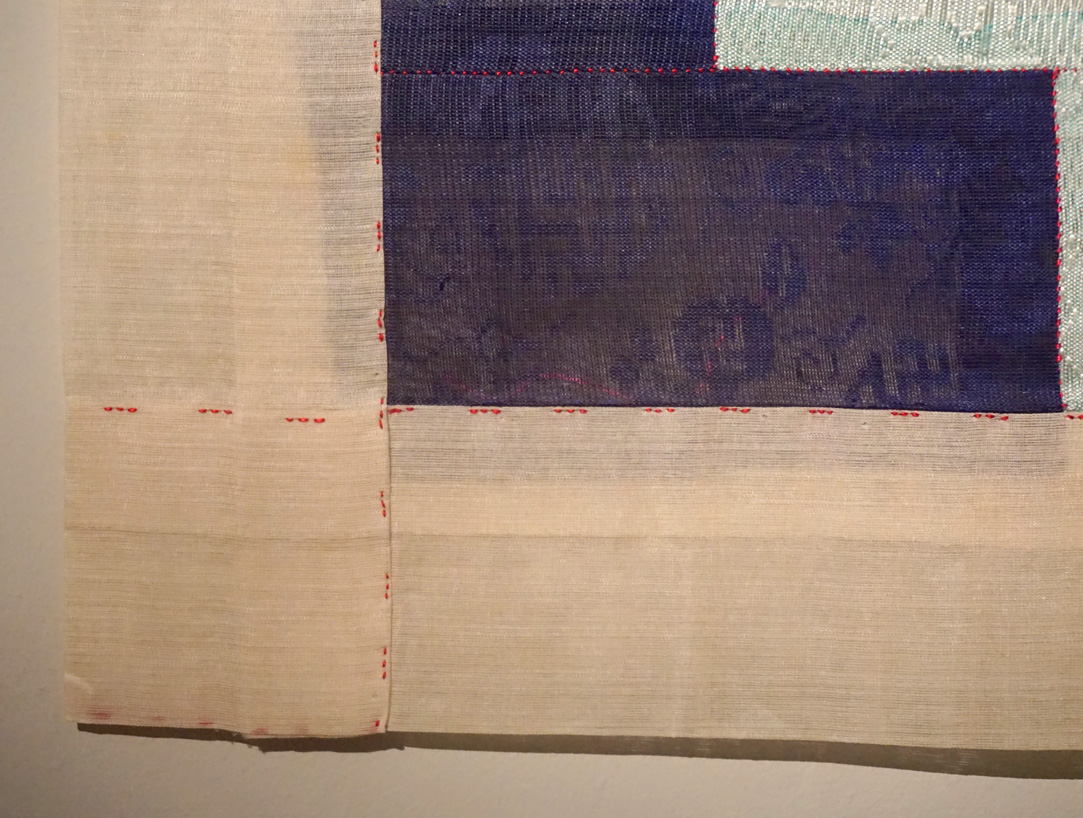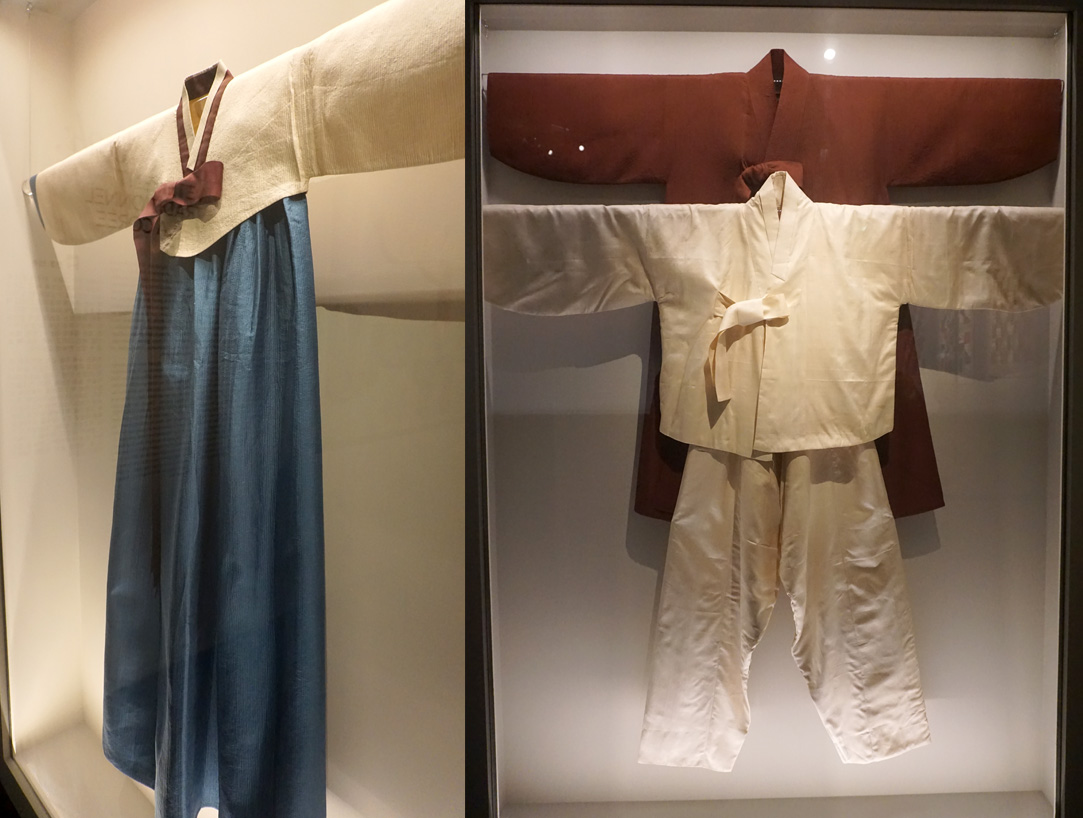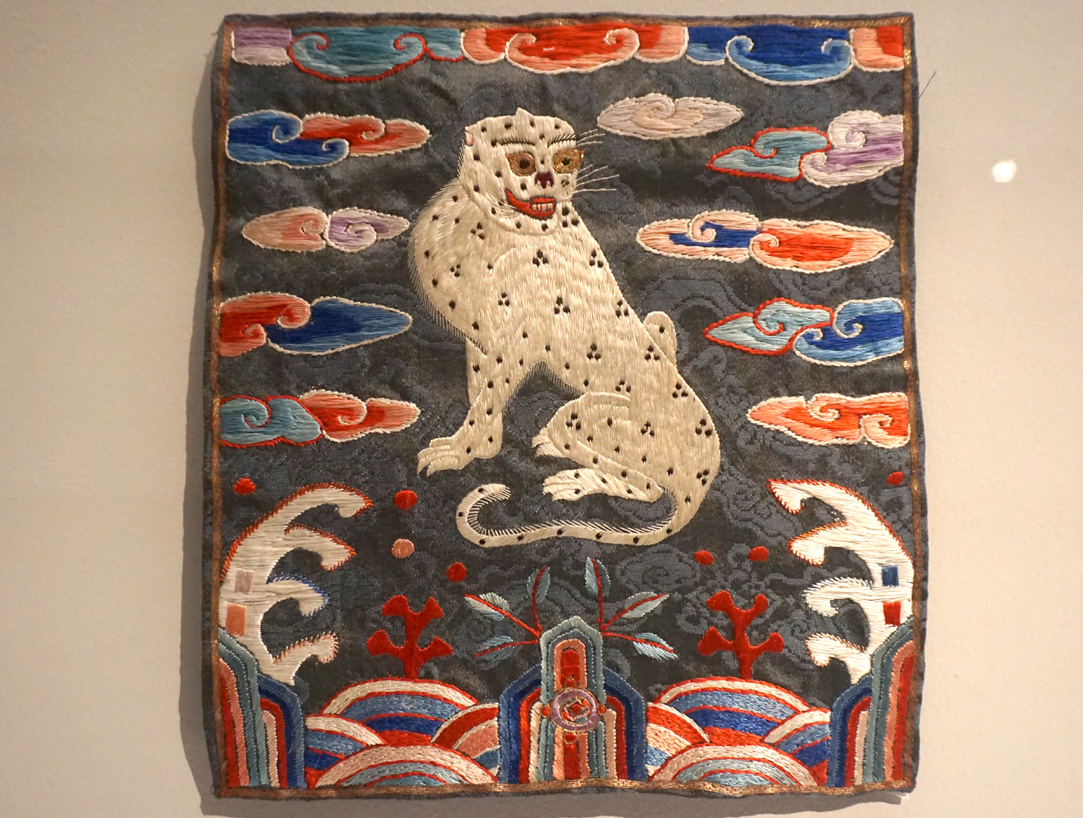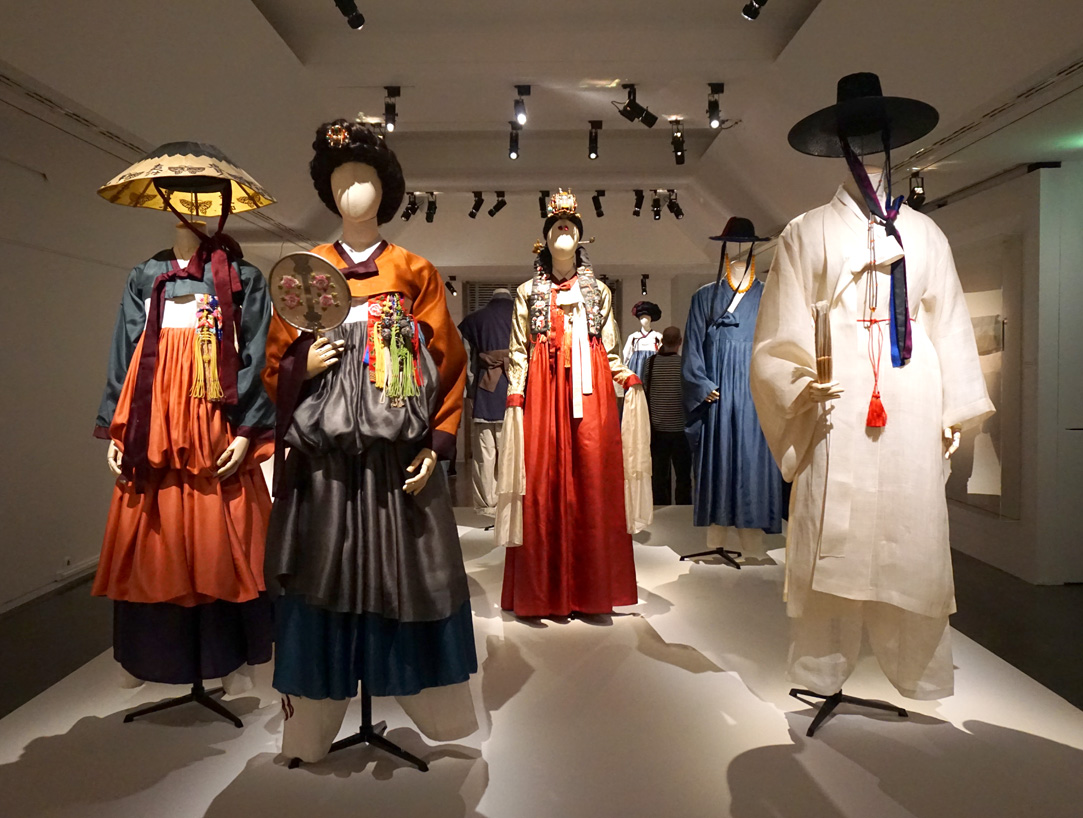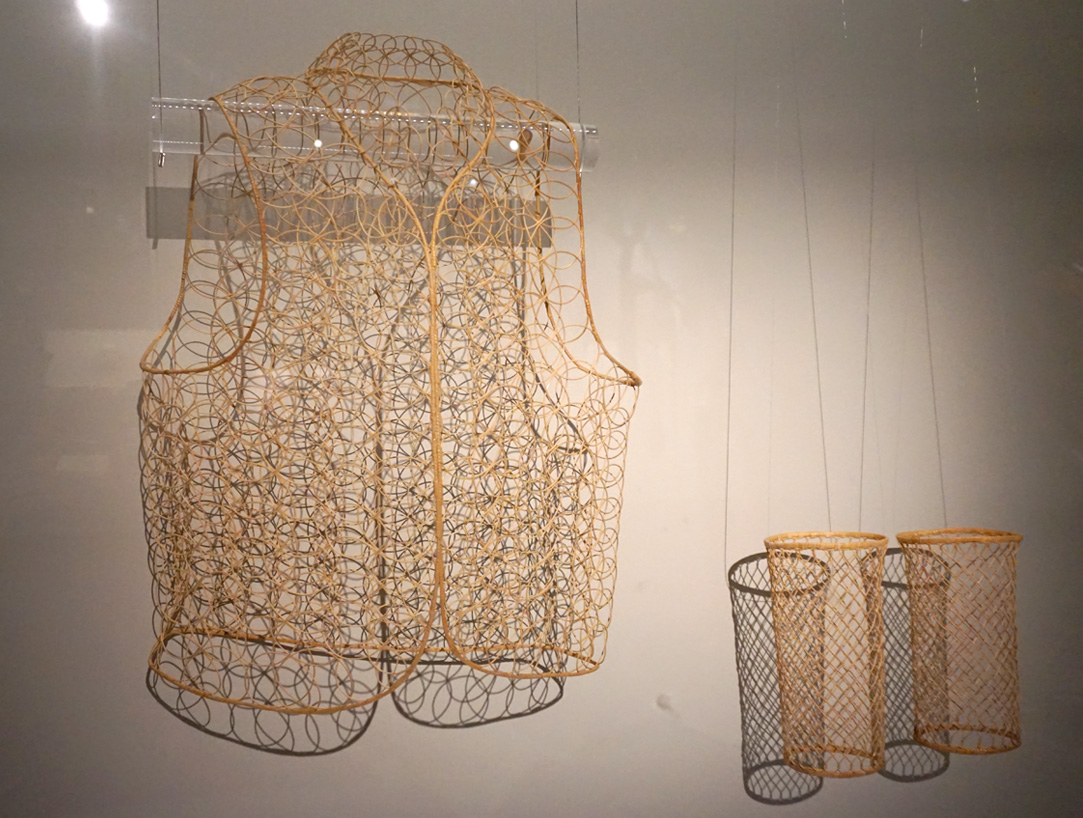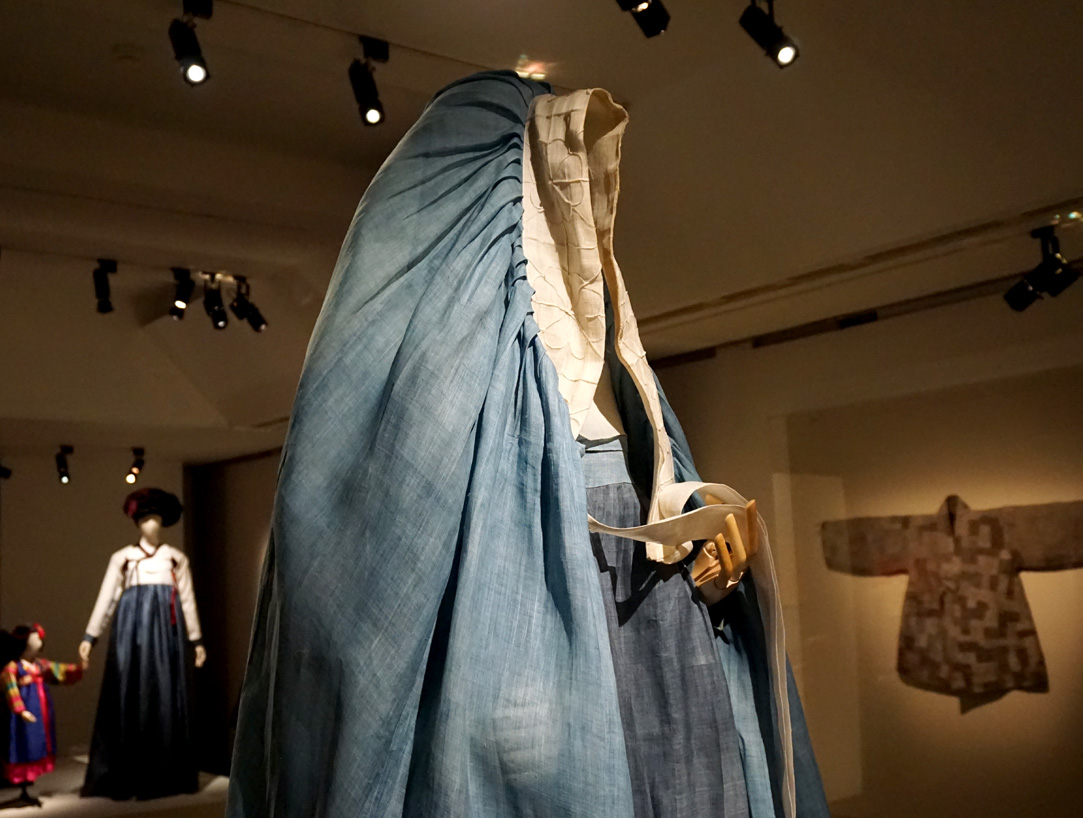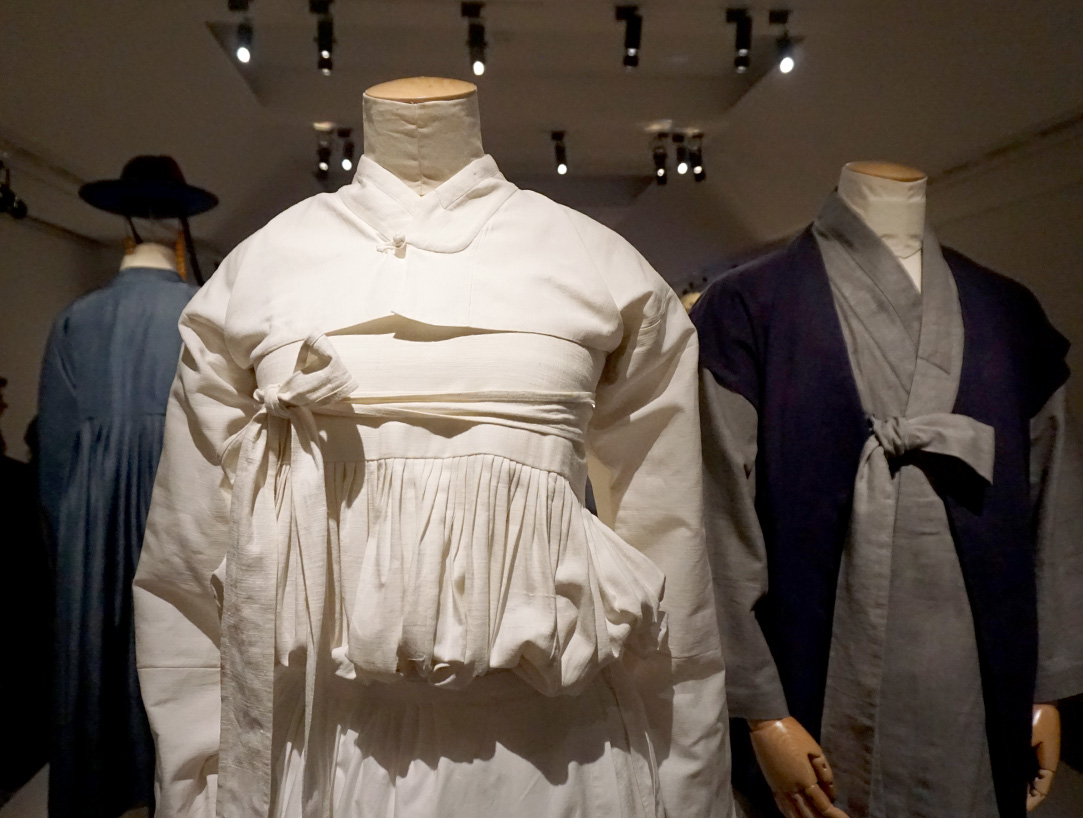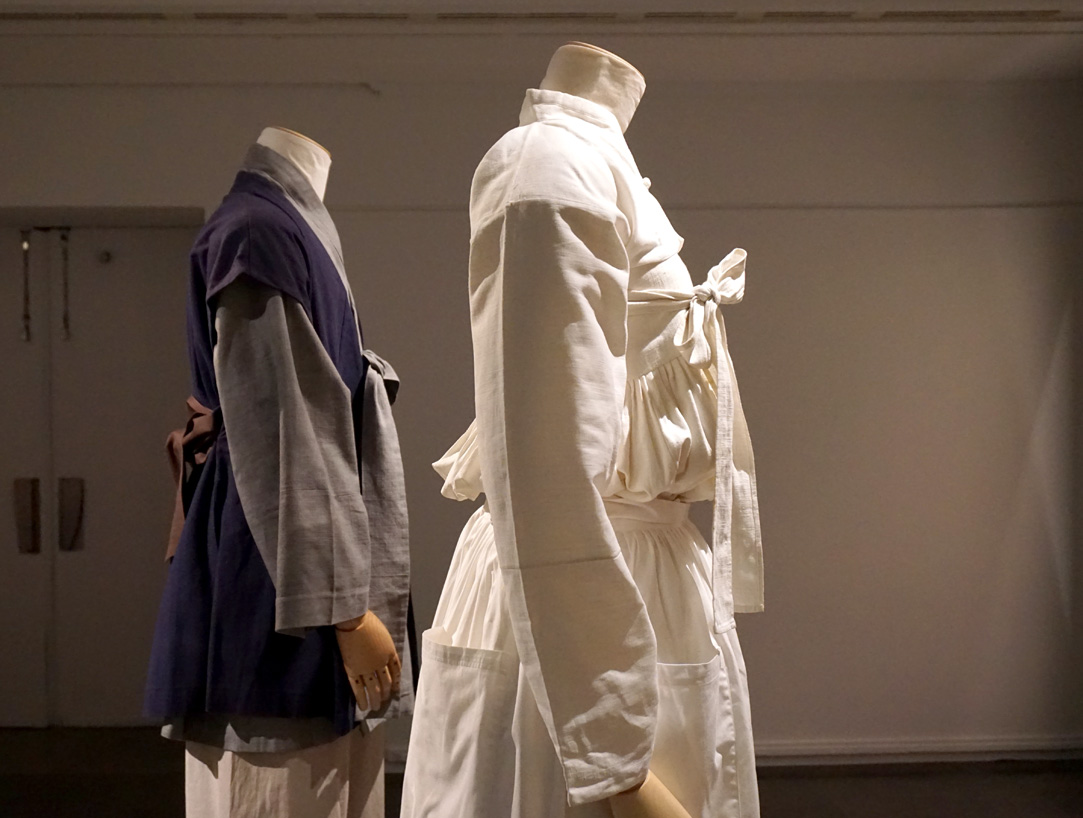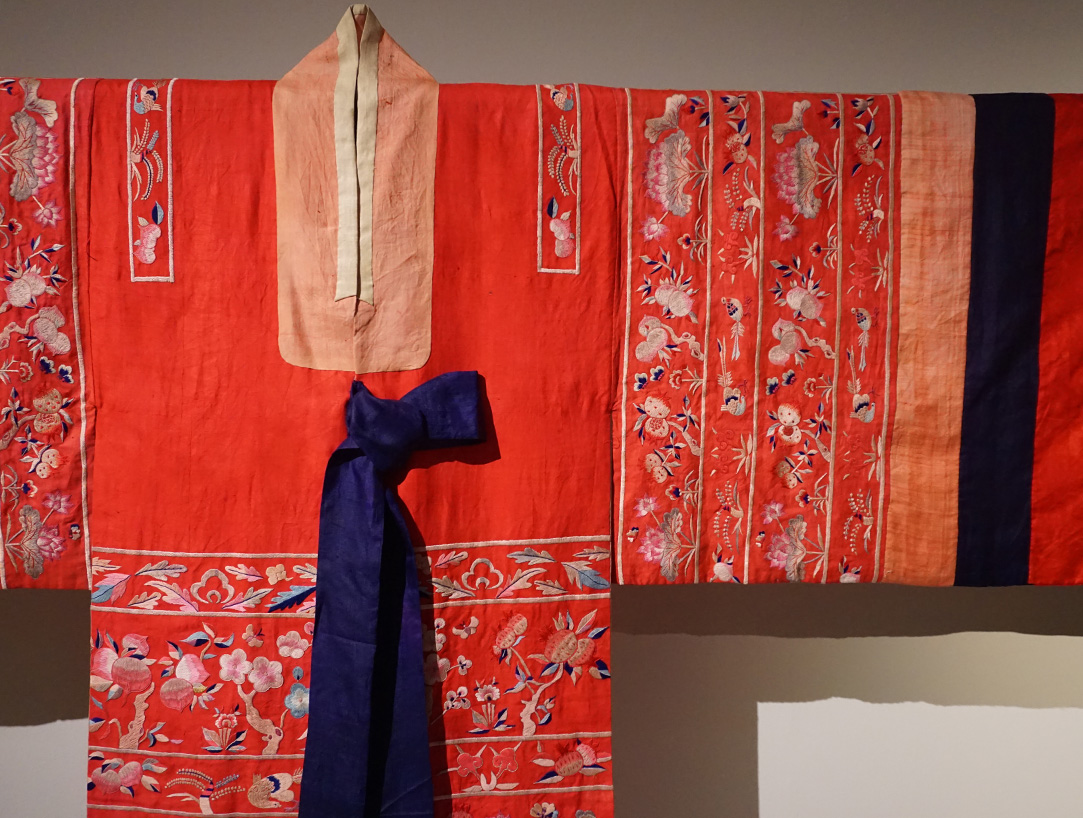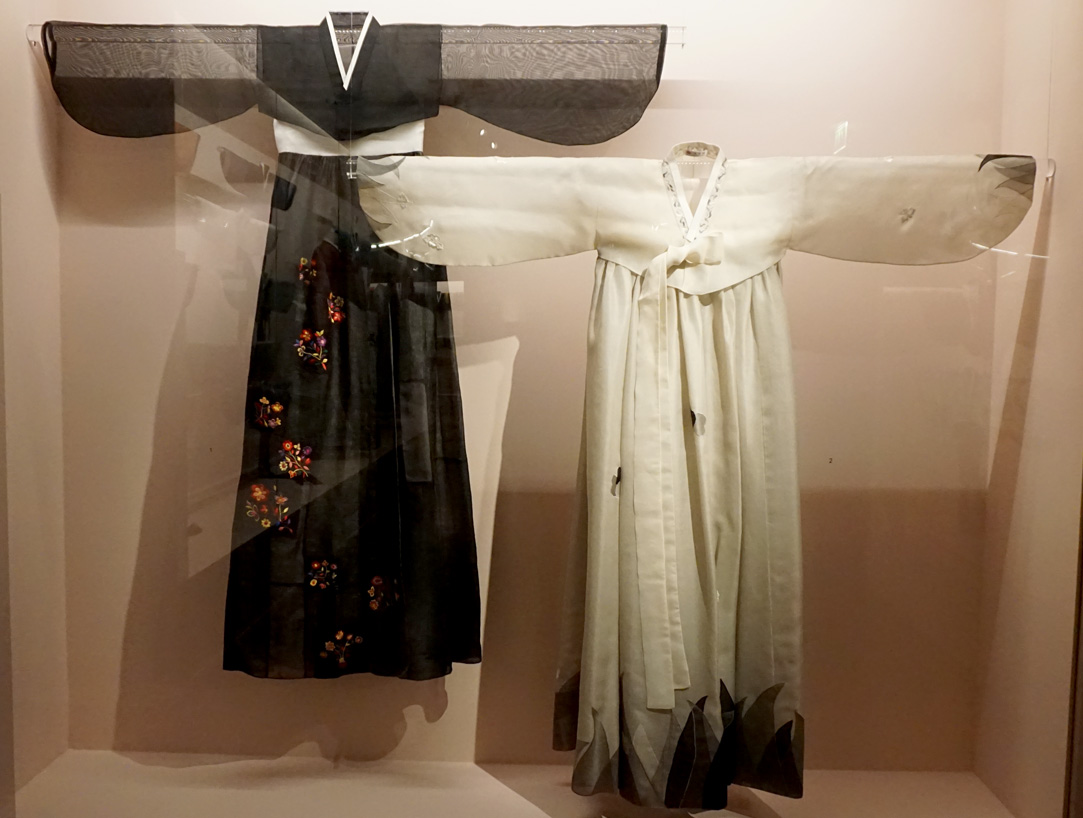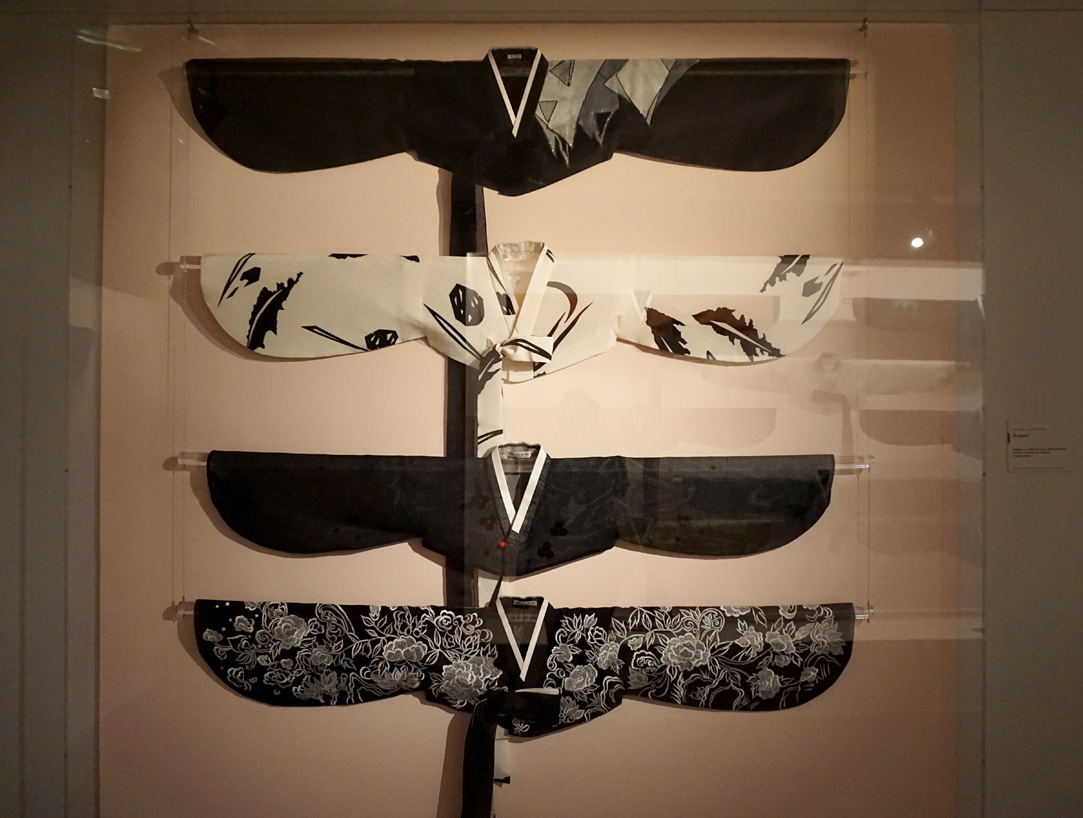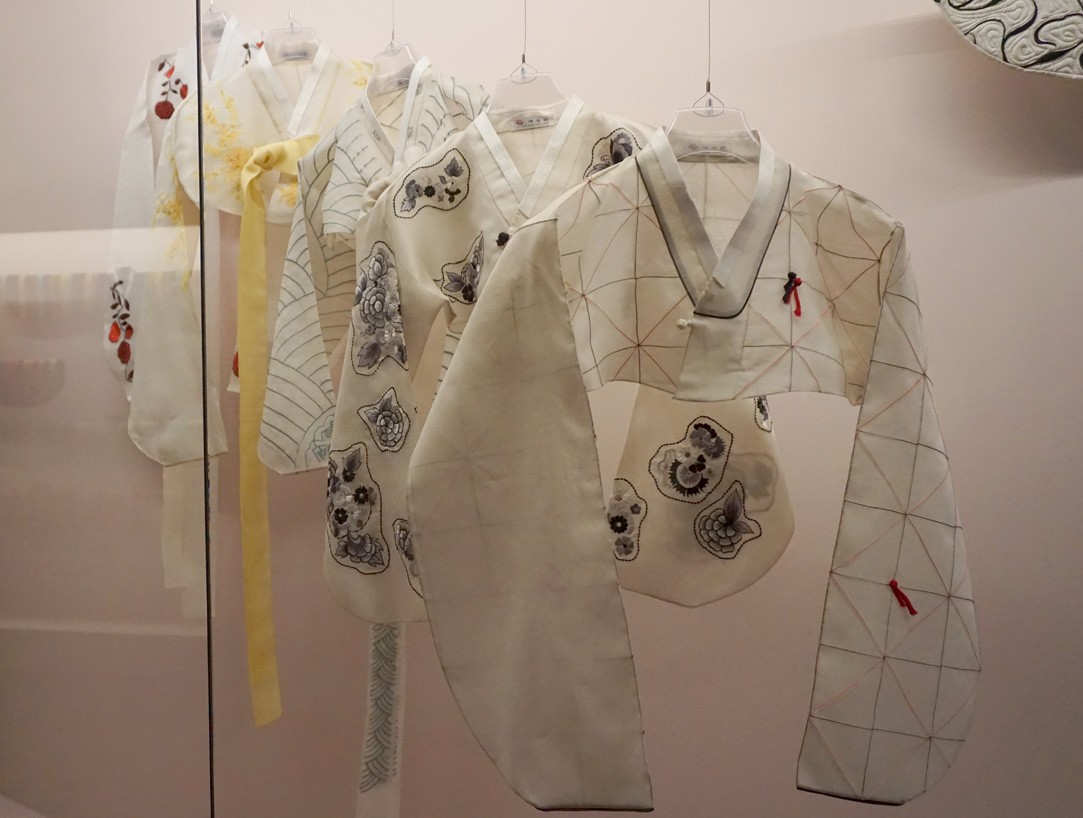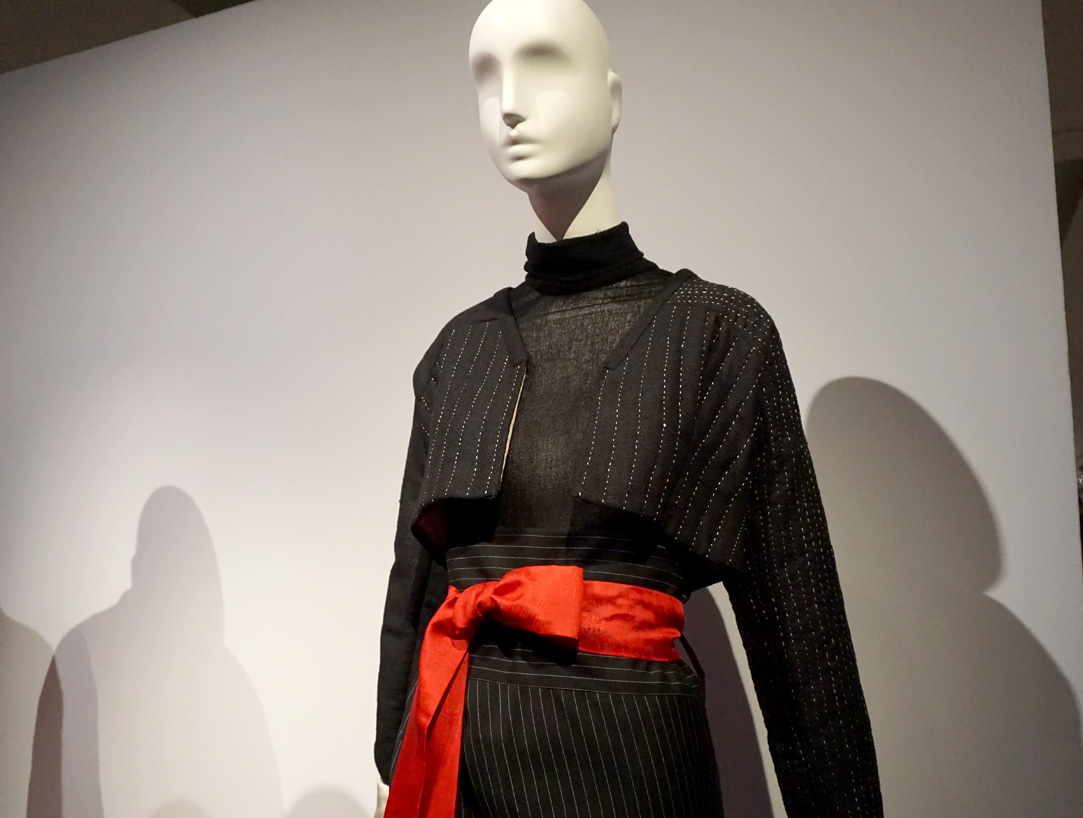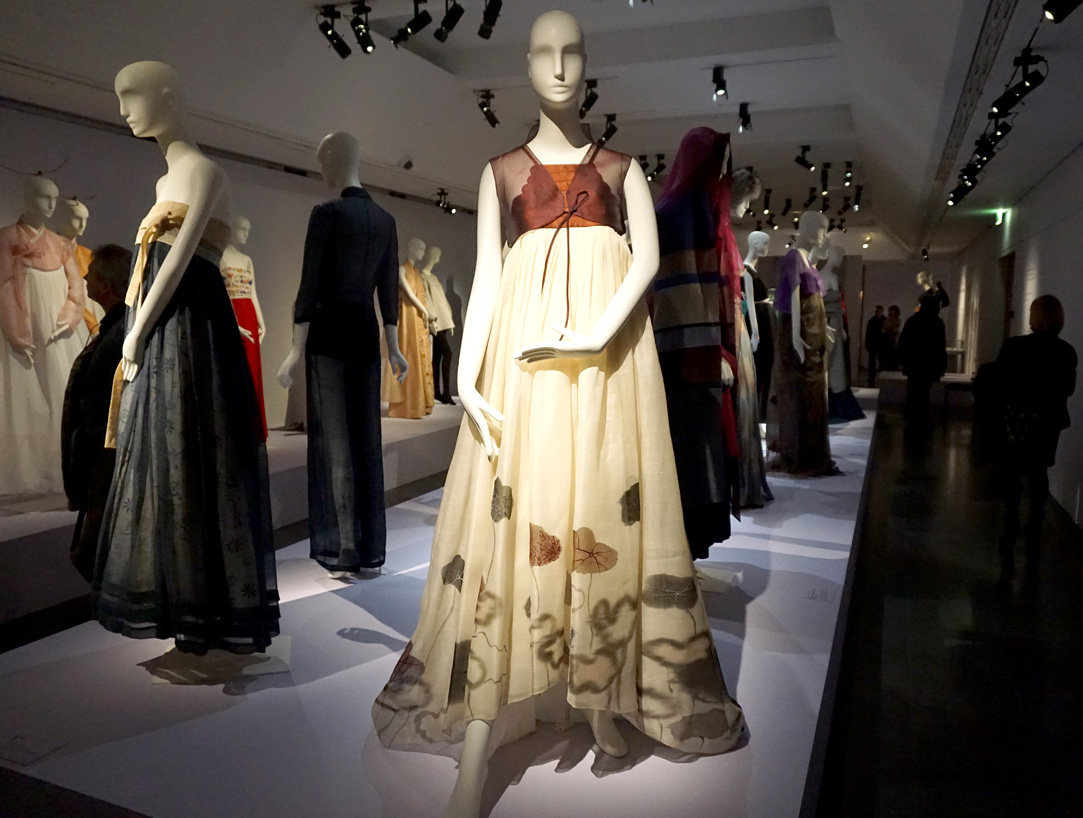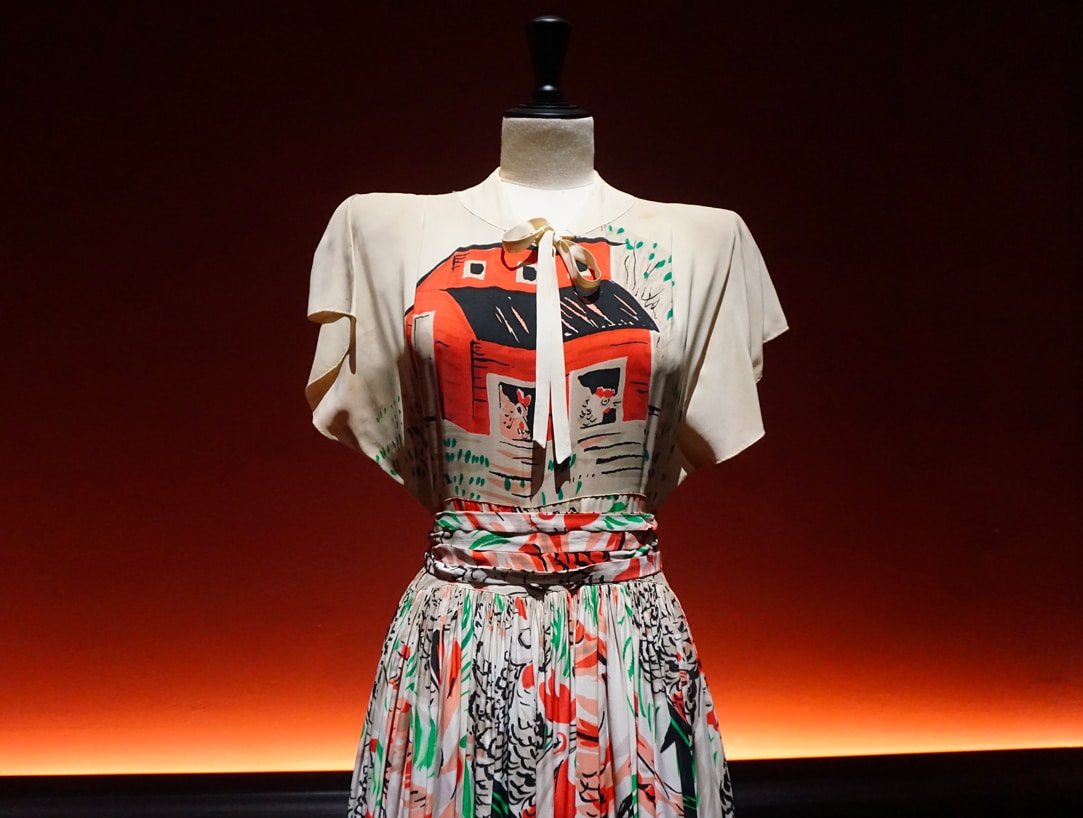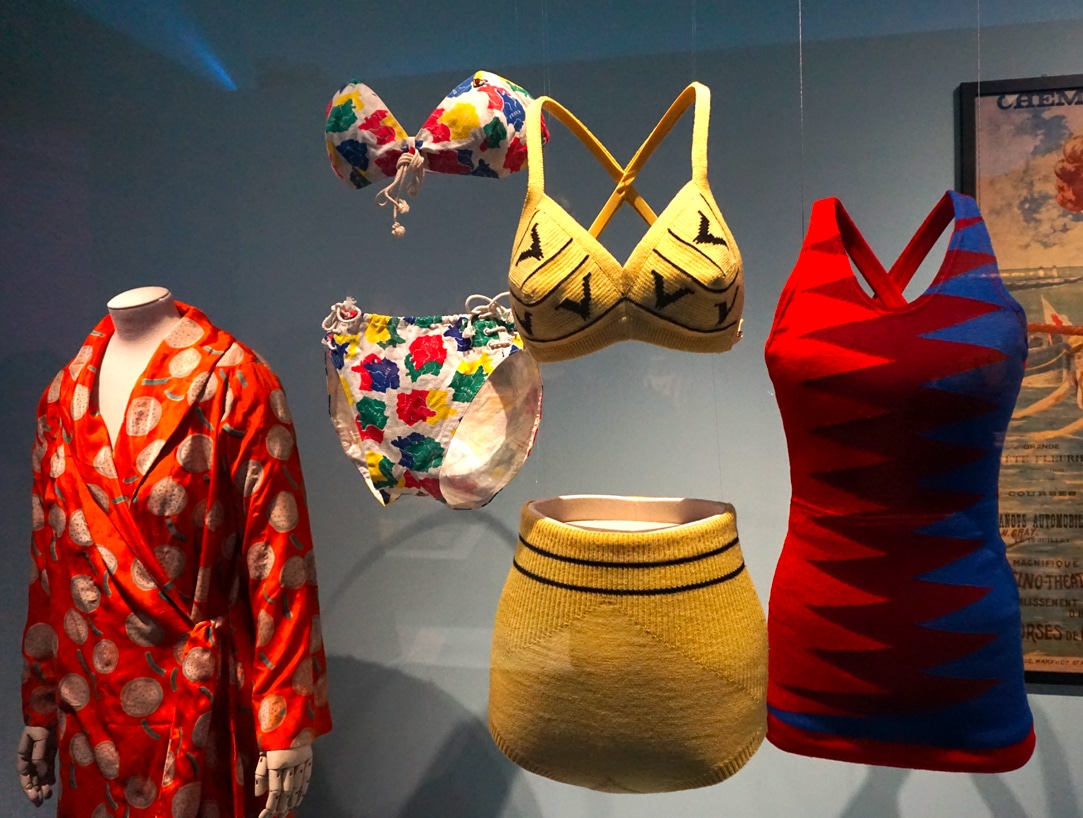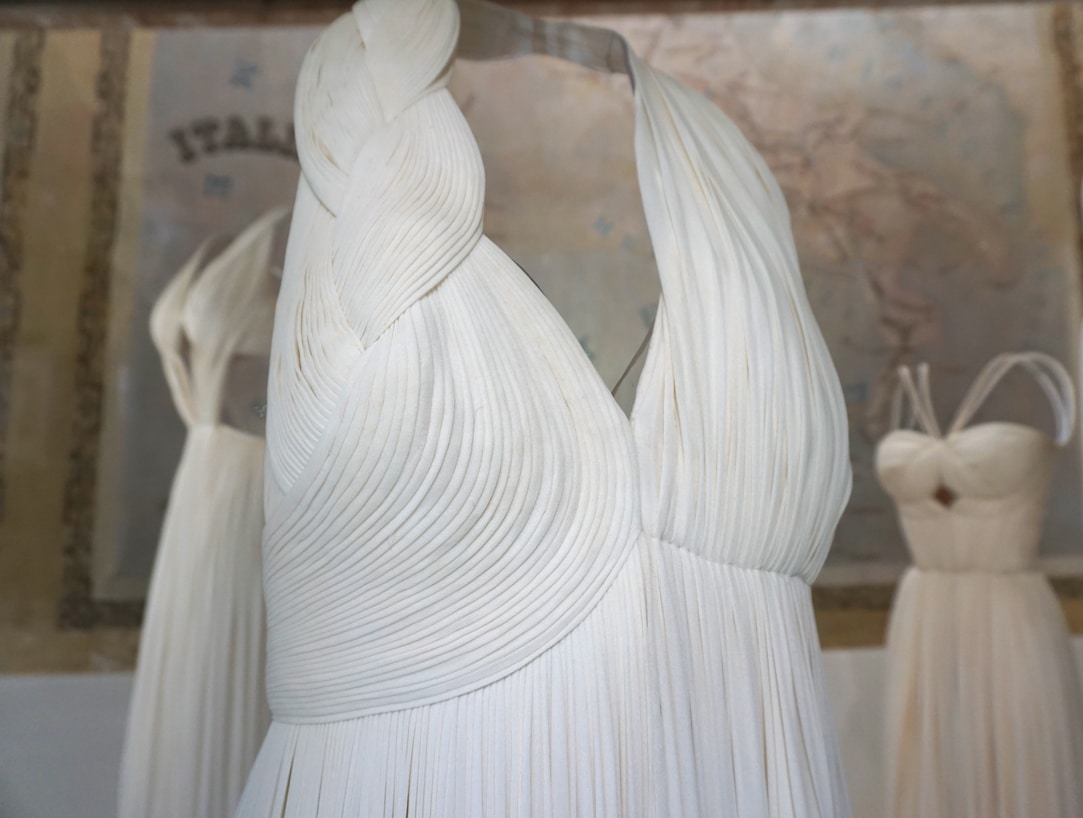L’étoffe des rêves Lee Young-hee. Séoul-Paris – Musée Guimet
The Guimet Museum regularly presents high-quality exhibitions dedicated to textiles. The heritage it recently inherited gives it the opportunity to repeat this with a selection of creations from the donation of 1,300 pieces from the collection of Lee Young-hee (1936-2018).
Considered the greatest figure in Korean fashion, this designer found her inspiration mainly in traditional Korean clothing, particularly the hanbok. The presentation follows her creative journey: from her great interest in traditional techniques to a more highly personal style and then mixing European culture with her creations.
The exhibition starts by setting the scene and the accessories: rolls of fabric, yarn reels, tools dedicated to sewing and explanations of the dyeing processes welcome the visitor to introduce him to the world of the workshop and discover the objects and clothes of Korean culture.
For a long time, Lee Young-hee has focused on re-creating traditional Korean clothing by observing paintings, or from preserved clothing. The hanbok is an outfit consisting of a jacket and pants for men, a short jacket and skirt for women. It differs from Chinese or Japanese costumes in particular by the curved shape that ends the sleeve.
Lee Young-hee used traditional techniques and materials to reproduce them with the greatest possible fidelity. Her research has focused on court clothes but also on the reproduction of children’s, monks’ or peasants’ clothes, all of which attest to a high quality of cut and detail.
The embroidered bogaji are also precious examples of textile creations. These squares of fabric combine patchwork and embroidery in a very delicate way.
Some unusual pieces are presented here, such as the woven bamboo vest and cuffs that were worn by Koreans under their clothing to prevent it from sticking to the skin. We also learn that cotton and neutral colours, especially white, were reserved for the less wealthy, while bright colours and materials such as silk and ramie were intended for the more privileged.
Lee Young-hee’s work on contemporary hanbok allows us to appreciate the diversity of her artistic talents: quality of cuts and finishes, working with colour in bright and vivid harmonies or in a more graphic style, thanks to dyeing and painting processes on fabric. We also find a wide variety of finishes reminiscent of the finesse of the bogaji, the art of patchwork assembly, thread embroidery and the work of textured material. At the end of the exhibition, there is a set of more mixed creations with European influences, whose lines, materials or decorations still retain a touch marked by Korean culture.
Until 9 March 2020
Curator:
Sophie Makariou, President of the MNAAG, General Curator – Hélène Gascuel, Curator of the MNAAG textile collection

